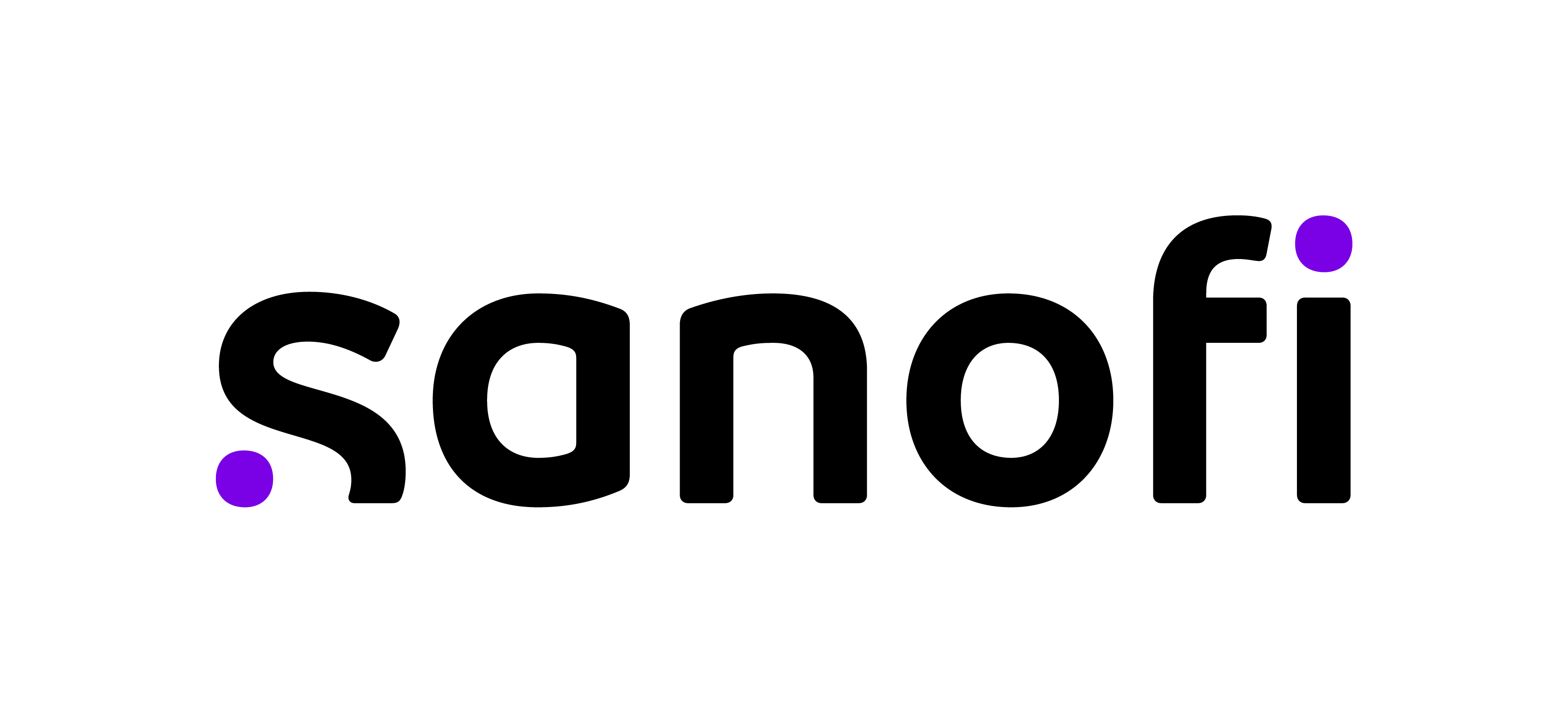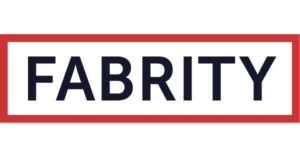With 2021 now behind us, let’s look forward to something positive: upcoming trends in UI/UX design. There have been some fascinating developments for designers, not only in terms of big announcements. UX design trends (and web design trends too) continue to be increasingly focused on users of mobile devices, making the user experience as slick and, where relevant, as fun as possible. Read more about nine UX trends 2022 promises to bring us.
[Some parts of this blog post have been also published in Polish on the Nowy Marketing website.]
#1 Seamless experiences
Let’s start with the continued proliferation of electronic, web-enabled devices in daily life, and inevitably, an ever-increasing number of ways to connect those devices.
Nowadays, we want to watch our Netflix on the TV, and listen to a podcast in the car, without connecting a cable. Going forward, the task will be to ensure that making and using the connection is as seamless as possible. As Thomas Reiss explains, for a seamless experience, “the software interacts in such a harmonious, seamless way that people feel as if they are using a single solution.”
It’s important to note that, now that cell phones have saturated most markets, UX designers are turning, or indeed already have turned, toward designing mobile versions first rather than “computer-first” web design. For some mobile apps, such as messaging, this might make sense. For others, such as Wikipedia, a seamless experience across multiple devices is increasingly de rigeur. To fully satisfy users, a bank should have a mobile version of its app with a user interface as similar in graphic design to its web app as the smaller screen allows. Yet fintech disruptor Revolut only offers its full service on mobile devices. These UI/UX choices will be of increasing importance.
#2 More low-code/no-code tools in UX design
Democratization is a constant in tech. The more people can use your tools, the more money you make. Apple and Microsoft saw this, with their respective GUI operating systems making computers more accessible to more people.
One current area this process continues in today is via low-code and no-code programming tools—software that allows those without extensive training to write new software themselves. There are at least two ways UX design is and needs to be involved:
- designing the process to ensure that it’s intuitive, and that it’s clear what the results will be.
- designing the tools so that it’s easy for the user to make their apps or programs intuitive and easy to use.
This is the scenario for Ekaterina or Kayla or Jorge or Ingumba who wants to start a business. There is a shoestring budget, and thus no developers. So she/he uses Bubble or Honeycomb to create a site or an app.
Where does professional UX design fit in?
Meanwhile, Big Co. has a whole design team. They use Agile methods to do user testing as part of an iterative design process. They then report their results to the programming team, who go off to their department to get to work on the coding.
What’s gaining traction is for UX designers to have the vision and/or user persona information and research results available as they create and adapt the app/site with low-code or no-code tools. This is faster than writing and rewriting code. Better yet, the process of communication from one silo to another is eliminated, because the coding tools allow for results to be seen in real time in the meeting room.
The result is reduced communication problems, because the people who know what the user experience needs to be are the same people actually building the system. All of the stakeholders are working together to adapt the design, rather than one team writing specifications for another team to follow in isolation.
#3 UX design trends in using AI
The low-code and no-code tools will not relegate professional coders to creating and maintaining the tools themselves. Rather, they will likewise have increasingly powerful tools to practice their art.
One of these tools is artificial intelligence, and powerful indeed it will be. When it comes to UX design, AI can help UX research by processing and analyzing large amounts of user data, which will aid the decision-making process.
Consider a use-case as simple as A/B or multivariate testing. AI can help decide which variants to test and even design the variants itself. Another system can then analyze the resulting data.
Furthermore, if enough data on real end users can be gathered, UX designers can use it to educate an AI, so that the AI can itself do virtualized user testing.
“Hands on” AI
More mundane but still very useful are the tools that leverage AI power in the design process, creating layouts and illustrations in place of human designers. A UI designer might sketch an idea and let an AI turn it into a UX design. The AI will still need color to work with; another system can take designers’ favorites and work out a complementary palette of colors.
AI tools can also resize or crop images, or increase image quality by fixing lighting and shadows, adjusting colors, increasing resolution, removing visual artifacts, and removing backgrounds. Stitching photos together is also much easier and has better results with the help of modern AI. In 2022, AI is more likely to be a member of your design team.
#4 AI allows for better, simpler personalization for users
For the UX designer, personalization can be a double-edged sword. On the one hand, not all users are happy to allow companies to use their data. On the other hand, that data can be used for advantageous adaptation in apps and services. Here’s a quick look at how.
First, authorization by fingerprint, face, or voice recognition is gaining user acceptance, allowing possibilities in content personalization and sales process management. Content personalization can mean something as simple as Amazon Alexa recognizing who said, “What’s on my calendar today?” and responding with just that person’s schedule.
So much more is possible than just suggesting products
Meanwhile, AI can use historical data to be ready with solutions or results to a user’s query more quickly. This is known as a thinner user interface, in that the system’s adaptive capabilities can create an individualized flow diagram and pare away any unnecessary intermediate steps. The UX design dream here is to be able to provide not just a one-size-fits-all solution, but an adaptable one.
Consider the ubiquitous program with far more options and abilities than most people ever use called Microsoft Word. All of those options make for a needlessly large .exe file. A user-recognition AI could offer and plug in just the capabilities the user needs. We may soon see an app that will learn which functions users use most and leverage that data to rearrange the user interface accordingly.
With enough data, the system’s predictions might even allow for an emotional connection, already known as human-AI bonding. After all, users do respond to a sense of being appreciated. Such a sense is possible if AI can personalize its communication with you via advertising, a personalized home screen, and/or a thin website interface, and round-the-clock, multichannel support.
Currently, we consumers are familiar with personalization via in-app recommendations such as videos or reading material. It must be said that users know that it’s an algorithm doing the personalization, and there’s no actual human involved.
And as we’ve seen with social media, algorithms can’t tell the difference between hobby or professional interest on the one hand, and political and values-based content on the other. The first is generally positive, providing a useful service, where the other can put the user in a dangerous reinforcement bubble.
#5 Inclusive design trends
Inclusivity is a deep and broad concept. The programming community is still in the majority young, white, male, and without any disability, but the same cannot be said of users. There are growing numbers of voices growing louder calling for inclusive design to ensure the broadest, most diverse user base possible.
But how?
First, user testing must include everyone you’re aiming your app or service at. Each defined group of users can be abstracted as a “persona,” while a group of untargeted users is an “anti-persona.” If your UI/UX can’t satisfy users of all genders, cultures, and age groups, including those with disabilities, who are present in your targeted marketing region or group, then you’re including those you left out in an anti-persona.
There are, of course, special cases for targeting a particular group, but even then, you’ll need to be aware of the diversity within that group. If you’re targeting Asian evangelicals, for example, you’ll still want to meet the needs of the visually impaired, hearing impaired, those with mobility issues, as well as those with dyslexia or an autism spectrum condition.
Unfortunately, a lack of data might render accessible web design unable to leverage AI. It would be too personal to ask about a user’s disability on a registration form. Plus, some conditions are rare enough that such data would render the user’s data identifiable.
That being said, AI as mentioned above does hold promise. Someday, software providers may be able to develop and offer even more adaptations without 1) worrying about bloat or 2) forcing those who need an adaptation to go through many layers of menu options.
#6 Voice interfaces
Have you already used your voice to control your cell phone while driving? The technologies required for an effective voice interface have been in development for decades. Most mobile device users have seen how far the technology has come thanks to Google Assistant, Siri, Echo and, in rare cases, Cortana. These systems could be credited with enabling recent developments because they provided their respective producers with the necessary AI training and practice doing the UI and UX design and built up the necessary critical mass of users.
Voice is also an important form of interface for wearables such as Google Glass since they lack a touch screen. Wearables could include technology to capture hand gestures, but why type in the air when you can do a voice search? Science fiction can predict technology, but it’s less accurate about user experience!
It’s said that by 2023, over 90% of mobile applications will have a voice interface in addition to their visual interface. This means that new apps and services will need to include voice interface design in order to compete with similar apps. Voice interface may also soon be an important piece of a minimum viable product.
Accurate comprehension and responses are vital aspects of UX design when it comes to voice interfaces. There are two significant advantages to voice: 1) hands-free interaction allows users to carry items or do other tasks, and 2) users navigate faster by voice when compared to scrolling and clicking.
Mobile apps will also benefit from voice as one factor in inclusive design for the visually impaired.
#7 Augmented reality
AR, the tech that lays graphic display or virtual objects over a view of the real world, first held great military importance in head-up displays. However, it had a rocky start into wider civilian use with Google Glass. Still, believers have obviously not given up.
There are two separate technologies personal AR is being developed on: head-mounted displays (including Google Glass) and handheld (i.e., cell phones; Pokemon Go is the most famous example). UI/UX is still quite young in both cases.
Google Glass suffered at first launch due to privacy concerns. Such concerns will likely continue to dog similar devices in the near future. However, a wide range of useful, even lifesaving, professional applications for Google Glass were announced in 2013 and 2014. That’s why the current Enterprise Edition is aimed at those professional applications rather than for general public use.
Buy another device? No thanks.
Turning to mobile devices, then, gaming and shopping remain at the forefront of AR applications as we head into 2022. IKEA continues to offer its interior design app for iPhones, though still not allowing users to make purchases in the app itself.
AR solutions also exist for clothing and accessories, and retailers including the GAP have given it a try. Plenty of room for improvement remains, however. The challenges are moving virtual clothing along with whatever body motions users may make, and recognizing which pixels belong to the body and which do not.
Meanwhile, there will be the dueling forces of 1) people wanting (desperately) to get out and go shopping, and 2) the risk of the ongoing pandemic possibly requiring another lockdown. Retailers will continue to work toward an AR shopping experience. This is partly just in case of continued disruption. Retailers will also want to continue competing online and to reduce the volume of returns.
A final point to make is that handheld AR will stay at the forefront for a while. Use cases, user experience, and price points for wearables have yet to become compelling enough for consumers to add one more device, or to choose a wearable instead of a handheld phone. Either way, users’ ability to pay attention to the real environment as they use AR will be an issue for a safe user experience.
#8 Virtual reality and the metaverse
As the pandemic spurred the development of videoconferencing and other Working from Home (WFH) tools, it has also spurred interest in the virtual office. Tech firms were already in pursuit of the goal, but Meta and Microsoft have made big announcements in this space.
VR has been slower to take hold with users than once imagined, due to the expensive hardware and the continued problem of lag. It’s been the reserve of entertainment and gaming, but the pandemic has now spurred more, larger businesses to look into WFH as a permanent organizational choice. And that means more investment.
Wait, what’s the difference between the two?
We’ve lumped VR and the metaverse together, even though they are not quite the same thing. VR has boundaries—it might be the walls of the “room” where training takes place or a whole in-game virtual world. Creatives are already designing VR office space. For example, Meta’s Horizon Workrooms app is available on their Oculus VR device. When the UI/UX is in 3D, it’s a whole different kind of graphic design that’s more akin to architecture than to print design.
The metaverse, meanwhile, will include some virtual realities such as offices, training locations, and “places” to socialize, as well as games—maybe all of them! The metaverse will also allow access to Web 2.0 and to documents, all accessible on a flat screen for those who do not have a headset… probably.
It will be very interesting to see what UX designers create for VR and the metaverse in 2022. At the moment, it’s too early to point to any UX design trends, let alone any UI trends, because there are not yet enough examples. Companies are already learning that designers will have to put effort into a fun, smooth user experience so that workers who meet only in the metaverse can authentically get to know each other in a way that simple “face-to-face” Zoom meetings cannot. Microsoft’s effort, Connected Spaces, is more broadly fleshed out than Meta’s Horizons, so there’s plenty more work for many designers to do. Will it be offices or social networks leading the way?
#9 Design trends toward zero waste
The past two years have kicked some important tech developments into high gear, but they have also focused attention on environmental issues. Now that energy costs are going up with everything else, we are paying more attention to the energy we use and the sources of that energy.
In one new trend, some web designers are also pointing out the amount of energy used by the Web, and the Internet in general. An image-heavy website uses measurably more energy than a text website to display, in terms of storage used, transmission costs, and the time the computer screen is on while the user waits for the content. As you would expect, video costs considerably more energy.
Furthermore, the smaller memory and processors in mobile phones mean those devices will use more power before the content appears fully. Dark mode, one of the more widespread UI design trends in the past few years, does help reduce power use somewhat.
Meanwhile, eye-tracking studies show that user attention to images is minimal, especially to stock photos. This is true even when those photos subtly reinforce unfair, outdated gender and race roles. And for finding information, users greatly prefer the convenience of text they can skim through versus a long explainer video.
What this means for UX design is that, this year, there could be a push toward more sustainable app and web design. That’s most likely to be felt at companies whose executives are aware of the energy costs associated with their company’s services. Prospective web developers will otherwise still win contracts with attractive UI design form factors such as photos, pop-up videos, and bespoke fonts.
One last thought on power consumption: if video is costly, how costly is VR, with its live computing demands?
UX trends 2022: making everyone’s lives a little easier, a kilobyte at a time
Ultimately, UX designers are more than just web designers: they’re lifestyle designers, helping smooth our interactions with the objects around us, hoping to at least let them fade into the background if not (as is preferable for brand awareness) make them noticeably enjoyable to use.
So those are the UX design trends we see for 2022: seamless, inclusive experiences, built with low-code or no-code tools and the help of AI. There is likely to be an increase in AR, VR, and voice interface as more efforts are made toward populating the metaverse. Meanwhile, zero-waste will be on some designers’ minds.














